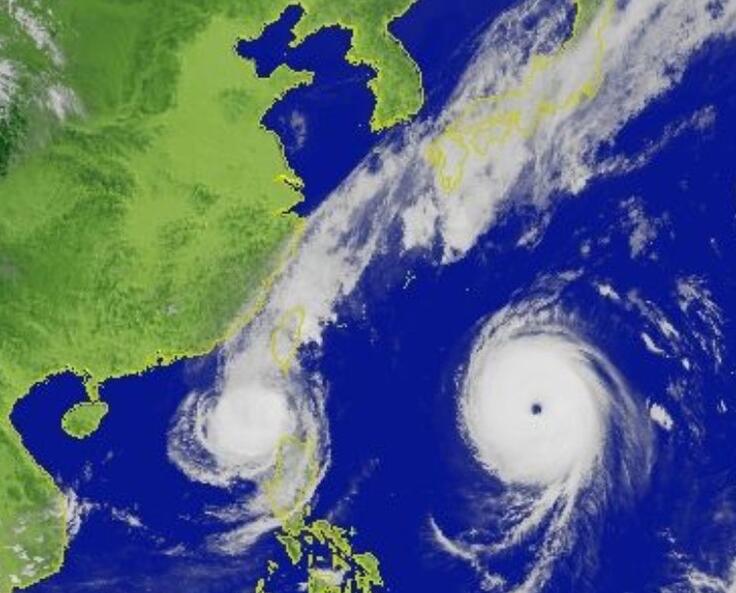原味人文风情:
Much like hurricanes with names like Sandy, Dennis, and Katrina, typhoons, which originate in the Pacific, are also named. This may come to a surprise to folks in Japan, who do not refer to typhoons by a proper name at all but instead utilize a numbering system, in which the first typhoon of the year is number one, the second number two, and so on. This numbering system seems to serve the Japanese quite well, but let's look into the more interesting, creative, and official names for typhoons.
In the year 2000, a system was introduced by the World Meteorological Organization to name typhoons. A pool of 140 names is arranged into five lists—one list for each year. These names are quite diverse as they are supplied by 14 different countries in the Asia-Pacific region, including Cambodia, China, North Korea, Hong Kong, Japan, Laos, Macau, Malaysia, Micronesia, the Philippines, South Korea, Thailand, the United States, and Vietnam, who each provide 10 names for the list.

Unlike the hurricane system of strictly using first names of people, typhoon-naming goes a bit differently. Typhoon names are based on plants, like Rumbia, which is "palm tree" in Malay; animals, like Usagi, which is "bunny rabbit" in Japanese; places, like Halong, a scenic spot in Vietnam; concepts, like Lupit, which means "brutality" in the Philippines; mythological figures, like Wukong, the Chinese Monkey King. And there are some names thrown in there too, like Typhoon Francisco that touched the coast of Japan in October 2013.












